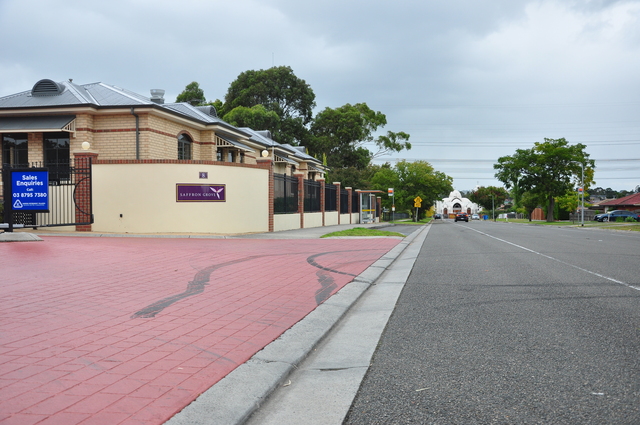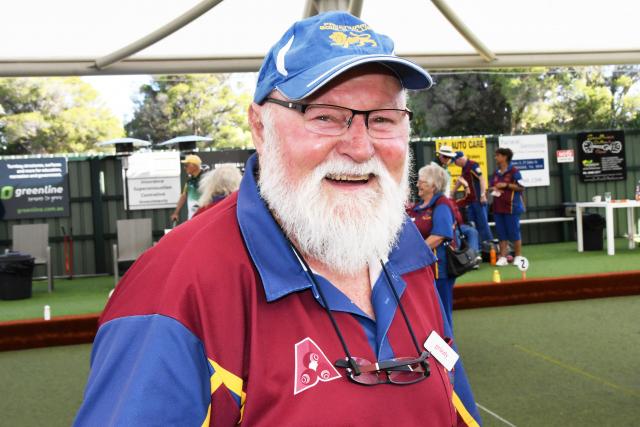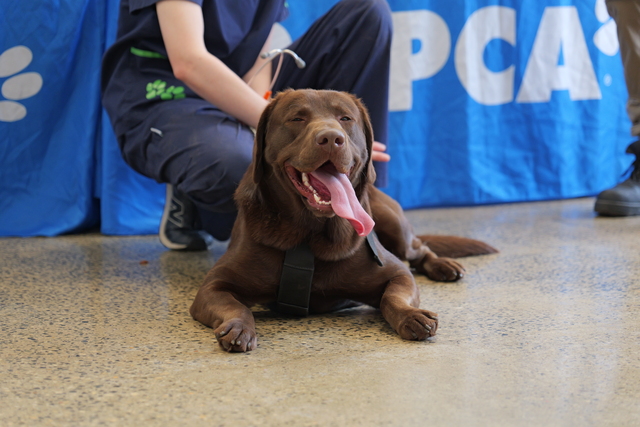Through speed humps, road islands and wet weather, Saffron Drive in Hallam continues to see its fair share of reckless drivers, or what Glenn Williams prefers to term, hooning.
Village manager of Saffron Grove Retirement Village, Mr Williams is no stranger to the almost-daily dangerous driving on both Saffron Drive and Nettle Drive.
These two roads surround the retirement village, and serve as what Mr Williams called a “rat run; [drivers] try to avoid the lights at the corner of Hallam road, so they come down Nettle Drive and then they go through Saffron Drive”.
“One day somebody’s going to come down this road hard, hit the speed bumps, lose control and they’ll end up in the village,” Mr Williams said.
While there are traffic management devices present on Saffron Drive, with multiple speed humps and islands, Mr Williams said that they do little to hinder the frequency of these incidents.
The pink brick entrance driveway of the retirement village is no stranger to tyre skid marks which for Mr Williams, “is insane”.
“They just go over them, you stand here and you watch those cars going over those speed humps and they just fly over them.
“My biggest concern is somebody exiting the village and another person is going to be coming up the end that quick, and just clean them up.
“Because the little islands they have here are pretty much racing cones aren’t they? They go through those pretty quick,” Mr Williams said.
According to Keri New, the City of Casey’s manager of city and asset planning, the council is “aware of community concerns regarding hooning and speeding along Nettle and Saffron Drive in Hallam”.
“In response to this, council has programmed updated traffic surveys in the next school term at the area adjacent to the Retirement Village to determine current traffic volumes and speeds in these streets.
“Should speed data prove concerning then this data will be forwarded to Victoria Police and a request for enforcement at these locations,” Ms New said.
With his office situated at the front and corner of the village, alongside the cameras that surround the area, Mr Williams gets a clear view of the comings and goings of vehicles on Saffron Drive.
“The motorbikes go between the speed humps anyway, it doesn’t slow them down whatsoever.
“For [drivers], there’s no point in slowing down because the cars are big enough to absorb them, and it’s more when they come into the driveway like that which concerns me enormously,” he said.
Mr Williams can’t seem to wrap his mind around the ‘why’ of the incidents, and while Saffron Drive and Nettle Drive are both roughly a kilometre in length, he said that aside from those trying to avoid the lights, there are more suitable avenues for their hooning activities.
“I don’t understand, realistically, why they are coming to this little area here to do their burnouts.
“You’ve got an area 50 metres down the road which isn’t very busy, you’ve got the vacant block where the powerlines go, you’ve got the park on the other side – if you’re doing it wouldn’t you do it where you’re not going to harass or annoy anyone?” He said.
For the council, road safety is addressed through several programs such as a Local Traffic Management (LTM) Program, which provides annual funding for the installation of traffic calming devices throughout the municipality.
“This program assesses and prioritises roads based on data such as traffic speeds, traffic volumes and number of accidents.
“Factors such as proximity to schools, shops and playgrounds are also taken into consideration.
“Hooning is a key concern for the Casey community and was identified as a high priority in Casey’s Community Perception of Safety in 2021.
“Council has since participated in a Victorian Ministerial Reference Group (2023) and works closely with Victoria Police to support enforcement and operations around hooning behaviour in Casey,” Ms New said.
Safety is a big concern for Mr Williams, not just for the residents of the village, but for those that live in the area as well.
“There’s a retirement village, there’s a church, there’s a park, and there’s always kids in the park you know.
“We’ve got bus stops here and another on the other side of the road, and realistically there’s no safe place for the residents to cross.
“This isn’t something I want to do for myself, it’s making sure that they’re [the residents] safe and let’s face it, they’re getting older, their reflexes may not be as good as what they once were.
“And if you get somebody hoofing up the road, it doesn’t take much for the residents to come out and see that there’s nothing there initially, but then all of a sudden there is,” Mr Williams said.
He’s also afraid that his concerns “have fallen on deaf ears with the council and with the police”.
“We’re not respecting the dangers of a motor vehicle, and the council’s explanation would most likely be that they’re a caretaker council so therefore they’re going to wait until the real council’s elected.
“I do get that, but there’s always going to be some excuse with the council, and the police know that this is an issue here and I have no doubt that they don’t have the manpower, but should that make all the residents here suffer?” Mr Williams said.
For Ms New, residents reporting incidents is a key factor in curbing the numbers, saying that “staff undertake outreach with the local community and speak with residents directly to encourage reporting”.
Furthermore, Ms New said that enforcement is a police responsibility, and urged residents who have witnessed dangerous driving to report it to Crime Stoppers online or by calling 1800 333 000.







